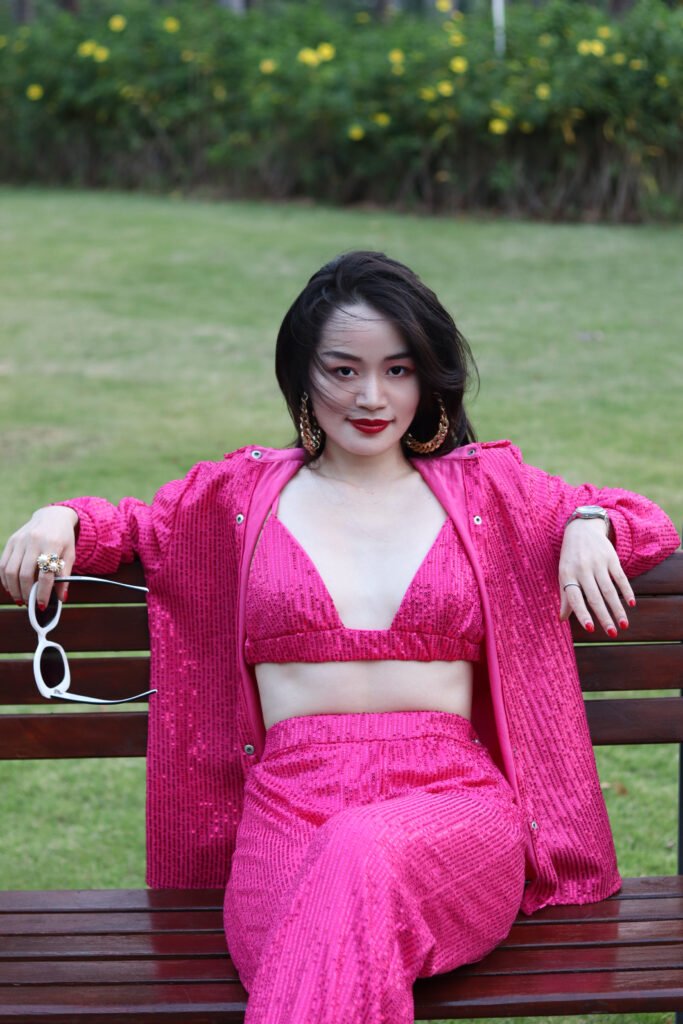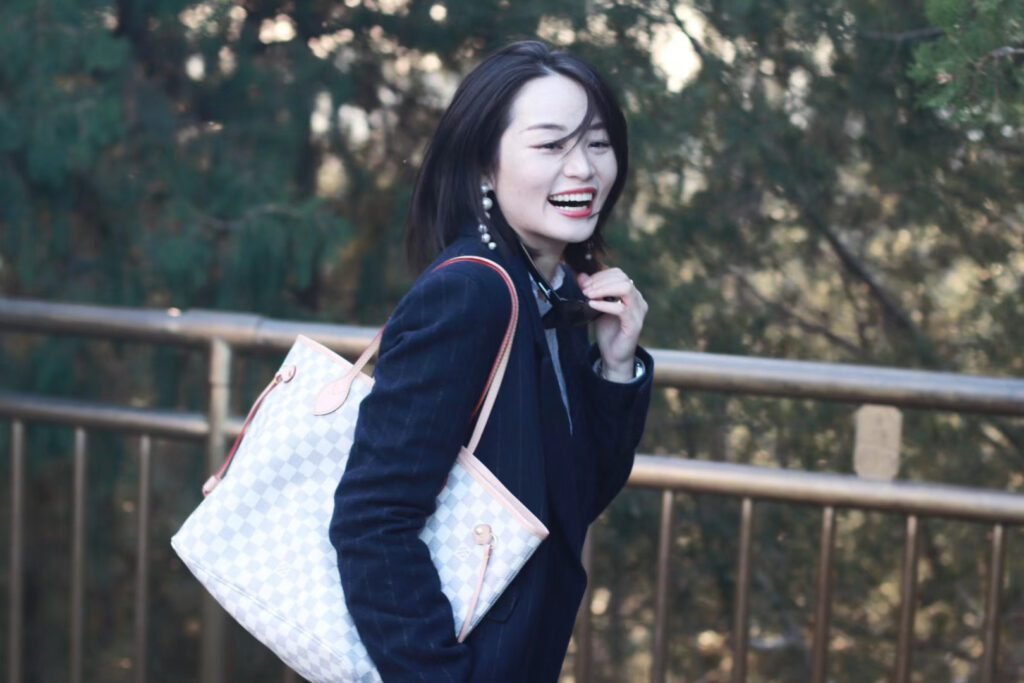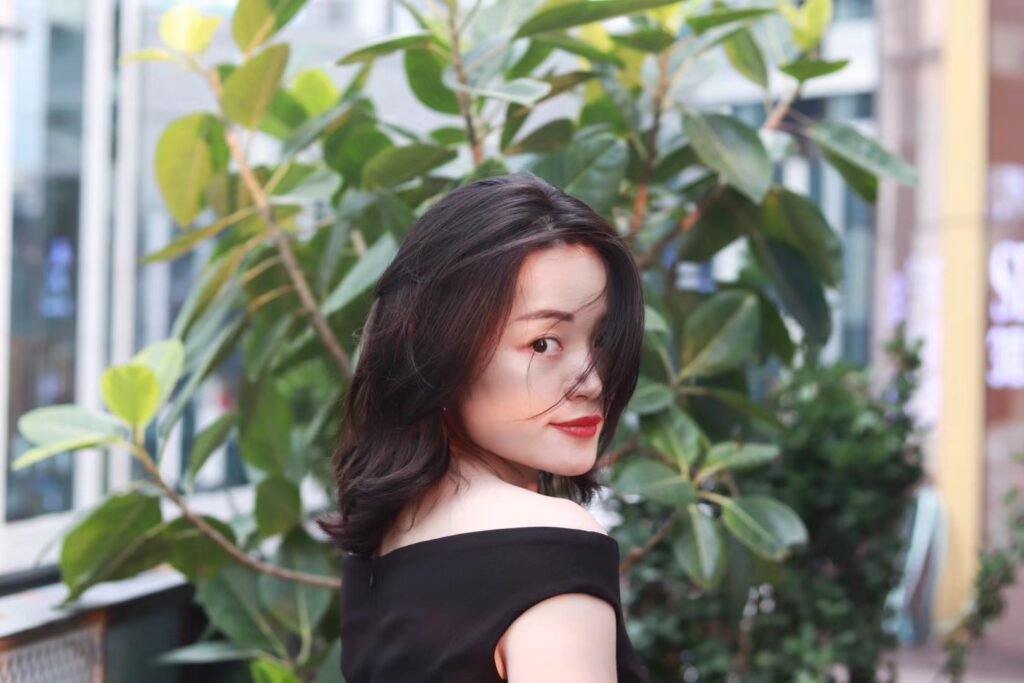How Amanda Zhang Built UMFD’s Language of Scent and Feeling
Every brand has its own climate.
Some are cold, sharp, and ruled by northern light — all reason and precision. Others are warm and languid, like an Italian afternoon that asks for nothing but time.
For me, UMFD was never a collection of products. It was always closer to a current of air — a vibration that drifts between music and scent, a subtle shimmer of beauty in motion.
That invisible climate is the deepest form of language a brand can speak.
When I first imagined UMFD, I asked myself one simple question:
“When someone steps into this world, what emotion should hold them?”
The answer I found was a gentle awakening — the moment light enters water, soft yet lucid, free yet quietly powerful.
That became the emotional point of origin for everything that followed.
1. The Emotional Palette
I don’t choose colors from a design board — I prefer them from memory.
An emotional palette translates inner states into visible temperature.
White stands for space — the air between thoughts.
Green evokes awakening, moisture, and rebirth.
Grey offers a pause — the rhythm of breath, the calm of reason.
Amber feels like a melody sealed in time, warm and resonant.
These are not just colors; they are emotional frequencies.
When every element — the imagery, the typography, the scent packaging — stays within the same emotional temperature, a kind of climactic coherence emerges.
It’s not about visual uniformity, but sensory continuity.
You might not be able to label the style — but you’ll know instantly:
“This feels like UMFD.”
2. The Language System
Scent is invisible, but language can give it shape — can turn perception into something memory can hold.
At UMFD, I built what I call a language of quiet spaces.
Instead of amplifying ingredient lists or perfume categories, we focus on describing emotional states.
We don’t say, “fresh fig and sea salt.”
We say, “a note of wind crossing the sea, resting gently on your shoulder.”
We don’t aim to define or persuade. We aim to invite resonance.
The brand voice, to me, should breathe like air — light, rhythmic, and capable of leaving an echo.
A brand’s language is not defined by sentence structure, but by rhythm and temperature.
When words share the same frequency as the visual palette, the brand begins to form a kind of personality: steady in warmth, soft in tone, clear in intention.
3. The Architecture of Emotion
Aesthetic design is not decoration — it is structure.
A coherent emotional system is never accidental inspiration; it’s the result of systemic thinking.
At UMFD,
Visuals are the first layer of touch.
Language is the layer of sound.
Scent is the deepest layer of memory.
When these three align, they create a multi-sensory consistency — an emotional asset that compounds over time.
People may not articulate why they feel connected, but they recognize the climate.
When aesthetics sustain a coherent temperature, they transform into commercial energy.
People are not convinced to buy; they are drawn to belong.
4. Turning Creativity into a Breathing System
I never see a brand as a project — I see it as a living organism.
Its emotional palette is its skin tone.
Its language system is its voice.
Together, they form its unique breathing rhythm.
To build UMFD was to construct an ecosystem of perception.
I design the texture of air through visuals, sustain the emotional temperature through words, and give shape to memory through scent.
This isn’t a creative process in the traditional sense — it’s a long-term experiment in how humans are moved.
UMFD is the result of that experiment.
It proves that when emotion becomes systematic, aesthetics evolve into energy, and beauty itself becomes a form of business intelligence.
In an age ruled by algorithms and speed,t he rarest luxury may be a brand that makes people pause and breathe.





